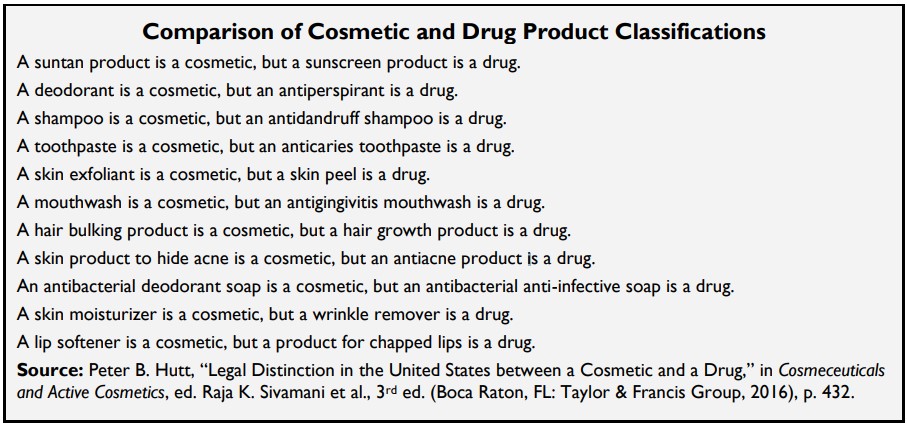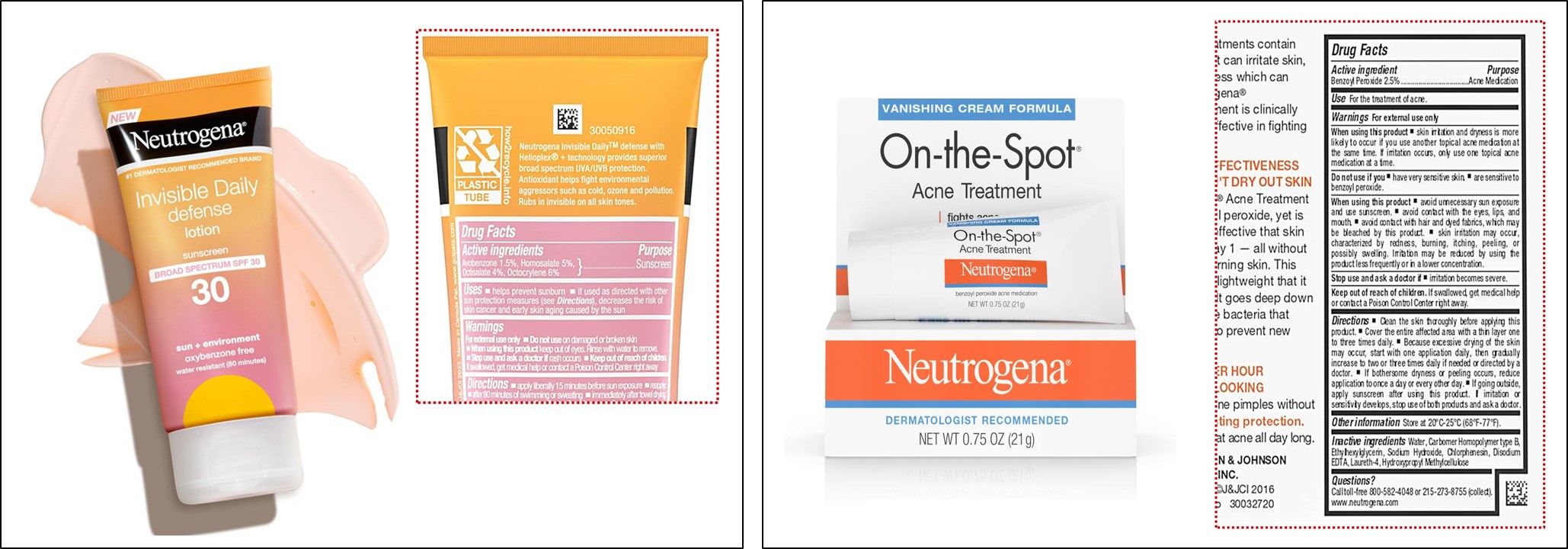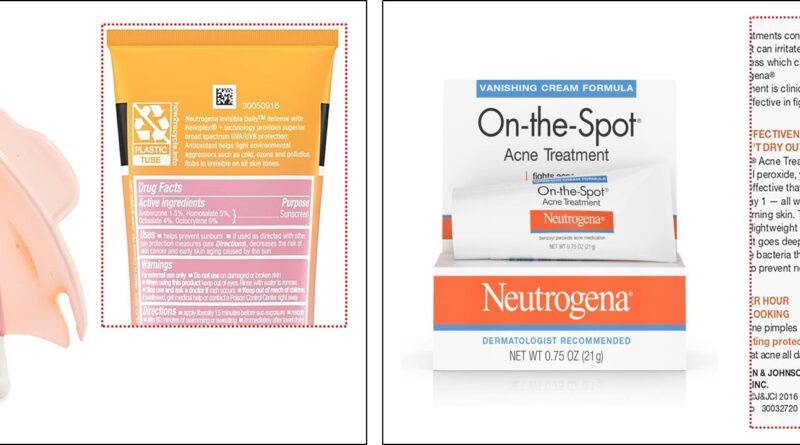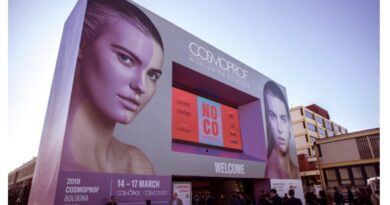A look at the U.S. cosmetics-related regulations ahead of MoCRA’s full effect
‘Cosmetic products’ are representative consumer goods that are consistently used by many consumers regardless of age and gender. In the United States, the new ‘Modernization of Cosmetics Regulation Act of 2022’, also known as ‘MoCRA’, which will bring about major changes in the cosmetics production and sales industry, is a hot topic every day. MoCRA was scheduled to take full effect on December 29, 2023, but to provide additional industry preparation time, the U.S. Food and Drug Administration (FDA) postponed the effective date of some regulations by six months*. Ahead of the upcoming enforcement of all MoCRA regulations on July 1, 2024, we take a brief look at the current status of FDA’s existing cosmetics regulations and the outlook after MoCRA takes effect.
Note*: Information regarding the delay in the enforcement of some regulations can be found in ‘Related News’ at the bottom of the article.
Background to the introduction of MoCRA in the United States, the world’s largest cosmetics consumer market
In addition to the limitless growth of the global cosmetics and beauty market, the related industries in the United States, which has the world’s largest cosmetics consumption market, boast a remarkable scale. According to an analysis by Congressional Research Service, a policy research and research agency of the U.S. Congress, the U.S. cosmetics retail market, which includes makeup, beauty, perfume, and personal care products, consisted of more than 184,000 businesses as of the end of 2023. Its size is estimated to be a whopping $45.2 billion.
Despite being a huge market, the level of regulation by the U.S. Food and Drug Administration (FDA) in this cosmetics field has not been very high so far. The FDA, which has comprehensive jurisdiction over the food and drug fields, has been regulating cosmetic raw materials and products under the Federal Food, Drug, and Cosmetic Act (FFDCA) enacted in 1938. Product and facility registration, testing, and approval were not necessarily required for general cosmetics. In other words, although there was a voluntary cosmetics registration system called ‘VCRP (Voluntary Cosmetic Registration Program)’, there were no special regulations required to export or sell cosmetics to the United States. This is considered the main background for the introduction of MoCRA. MoCRA, which emerged as consumer and industry voices regarding safe cosmetic products and use have increased, has significantly expanded and strengthened the FDA’s regulatory authority regarding cosmetics.
Current Status of FDA Cosmetic Regulations under the Existing FFDCA
With the implementation of MoCRA, △mandatory facility and product registration for general cosmetics, △product safety verification, △labeling regulation, △manufacturing and quality control (GMP), △adverse case reporting and management, △recovery processing, △talc and perfluorinated compounds. Although seven new categories of regulations* have been implemented, including those containing substances, there is still a need to clearly understand the existing regulations under the FFDCA, such as the distinction between cosmetics and drugs, or products that are both cosmetics and drugs.
Note*: MoCRA details can be found in ‘Related News’ at the bottom of the article.
In particular, it is important to accurately distinguish between ‘Cosmetics’, ‘Drugs’, and ‘Cosmetic/Drug Combinations’, and the scope is clearly defined in FFDCA.
1. Cosmetics
According to the FFDCA, cosmetics refer to articles intended for use for the purposes of cleaning, beautifying, promoting attractiveness, or altering appearance. This includes a variety of products for internal and external use, including makeup products, nail polish, hair dyes, fragrances, oral care products and bath products. . Additionally, inks for tattooing are also classified as cosmetics. Until the enactment of MoCRA, these general cosmetics had been regulated under the FFDCA, mainly focusing on the prevention of adulteration and misbranding.
2. Drugs
Under the FFDCA, a drug refers to a drug used for diagnosis, cure, mitigation, treatment, prevention, or affecting the structure or function of the body. Defined as the intended article. In order to produce and sell products classified as pharmaceuticals in the United States, various regulations required by the FDA, such as production facility registration, product registration, CGMP (Current Good Manufacturing Practices) regulations, and side effect reporting, must be complied with. In addition, drugs excluding color additives require premarket approval or compliance with the FDA Monograph, the FDA’s drug registration system.
<Example of classification of cosmetics and pharmaceutical products>

[Source: Congressional Research Service]
3. Cosmetics containing drug ingredients
Products that combine cosmetics and drugs are subject to regulations for both cosmetics and drugs. In this way, the distinction between a product that is both a cosmetic and a medicine depends on the product’s distribution and how the seller claims the product’s intended use. The intended use of a particular product can be expressed in a variety of ways, including labeling or advertising, claims in promotional materials, customer perception of the product, and therapeutic ingredients. An example is whether or not it contains . For example, if a lipstick product contains sunscreen and the term ‘Sunscreen’ is included in the labeling, the product is regulated as both a cosmetic and a drug. Many functional cosmetics that are claimed to have efficacy or effects such as not only UV protection but also whitening, anti-aging, wrinkle improvement, and acne prevention are classified as pharmaceuticals and are subject to the pharmaceutical regulations discussed earlier.
<Examples of sunscreen and acne cream products that are considered cosmetics but are also pharmaceuticals>

[Source: Neutrogena website ( https://www.neutrogena.com/ )]
Regulatory outlook after MoCRA takes effect
As seen above, because the FDA’s regulatory authority over cosmetics was relatively limited until the enactment of MoCRA in 2022 and enforcement in 2023, issues related to ensuring the safety of cosmetics have depended on the voluntary compliance of production and sales companies. Compared to other FDA-regulated items such as food, drugs, and medical devices, there was a lack of comprehensive and direct regulation for cosmetics. From this perspective, the emergence of MoCRA, which grants the FDA new authority over cosmetic production facilities and product registration, recall actions, and side effect reporting, is expected to bring about major changes in the U.S. cosmetics industry.
However, some argue that despite the implementation of MoCRA, there are still unresolved issues, such as the lack of pre-market approval for cosmetics and issues regarding specific ingredients. Accordingly, MoCRA is currently evaluated as a pivotal step in the process of reorganizing the overall cosmetic regulatory environment in the United States, and the dominant view is that its influence is expected to become increasingly clear as it is implemented in the future. Therefore, although there may be some ambiguity at the moment, members of the cosmetics industry, including our company, will do our best to comply with the currently in effect MoCRA while continuing to listen and focus on future actions and changes in the FDA’s MoCRA enforcement and regulations. There might be a need.
(Data: FDA, Congressional Research Service, Glossy, Neutrogena, Pixabay, and other data from KOTRA Los Angeles Trade Center)
Editor James








